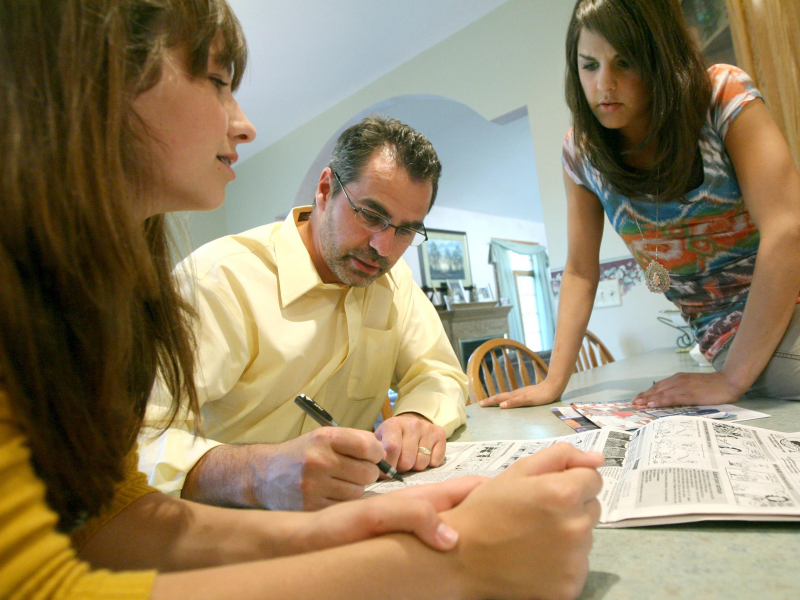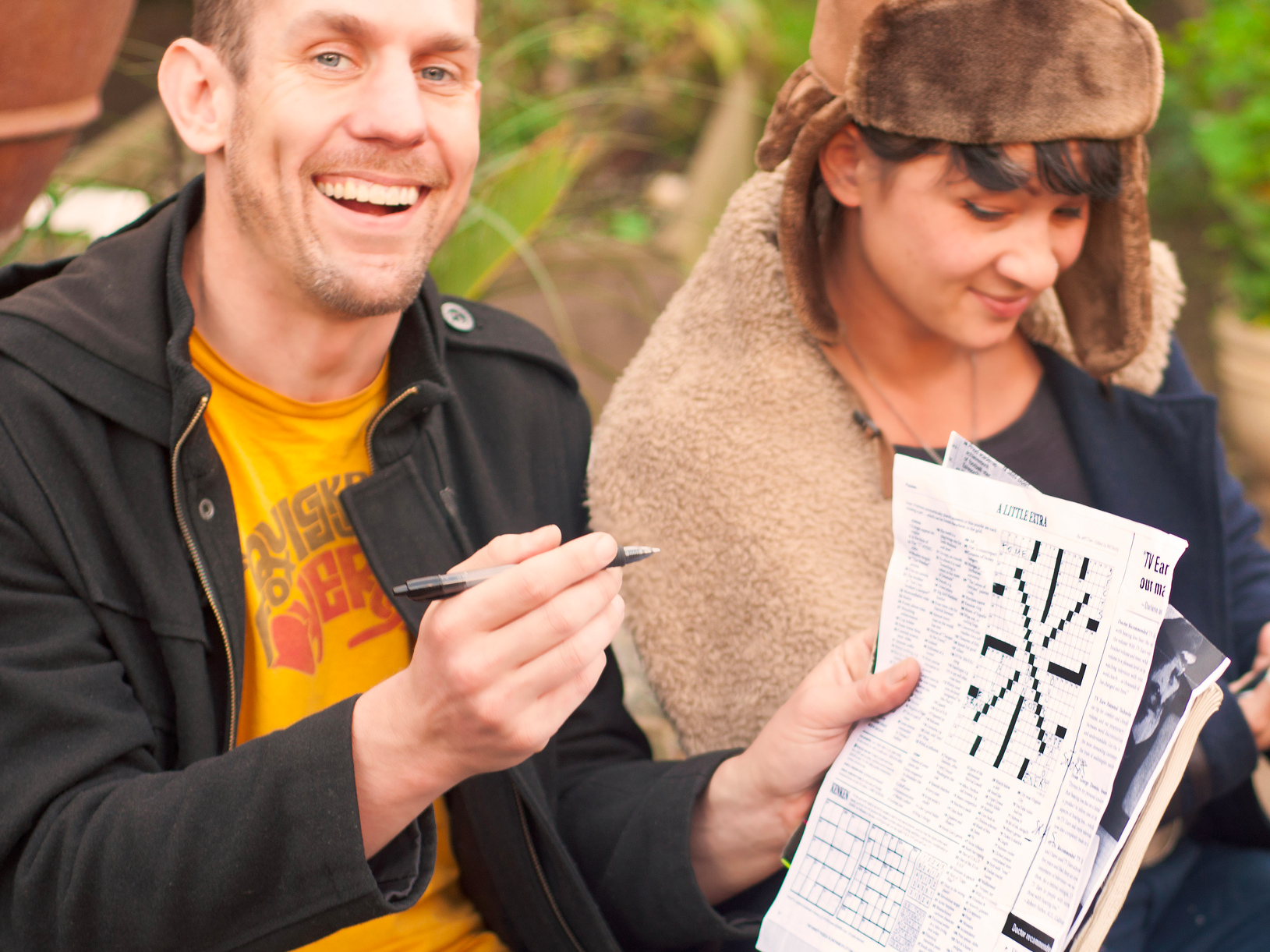- Crossword puzzles can be intimidating if you don’t know where to begin.
- Experts recommend some basic strategies if you’re trying to get your puzzle-solving skills off the ground.
- When you first begin a puzzle, look for easier clues like fill-in-the-blanks, and remember that the language of a clue needs to match the answer.
For millions of Americans, solving a crossword puzzle is mentally stimulating, yet relaxing, experience.
For others, crosswords can be so intimidating that they don’t even know where to begin.
But crossword-solving experts know that just like with any other type of game, there are strategies you can use to hone your skills and improve your chances at finishing a whole grid.
Here are some basic tips you can follow to get your crossword-solving game off the ground:
Fill in the blanks first
Experienced crossword solvers know that fill-in-the-blank clues are typically among the easiest to solve. Examples of fill-in-the-blank clues are "Winnie-the-____" or "___ of the Tiger" - in both cases, the answer could only logically be one thing.
Every puzzle usually has a small handful of fill-in-the-blanks, so if you're looking to get an early confidence boost, scan the list of clues for fill-in-the-blanks and knock them out early.
A bonus just for you: Click here to claim 30 days of access to Business Insider PRIME
Try to find the shortest answers
Crosswords generally have answers that range from three to 21 letters. Naturally, the shorter answers will be easier to find, as there are fewer logical combinations of letters that can go in those spaces.
Be especially on the lookout for short words composed of common letters, such as "area," "ode," and "aloe." Those words have been featured in hundreds of New York Times crossword puzzles in the past 25 years, according to the database XWord Info. Do enough crosswords and you'll start to notice the same small words pop up time and time again.

Look to the compass for guidance
One subset of short crossword answers is three-letter compass directions. There are eight choices here: north-northeast (NNE), east-northeast (ENE), east-southeast (ESE), south-southeast (SSE), south-southwest (SSW), west-southwest (WSW), west-northwest (WNW) and north-northwest (NNW).
A typical clue in this category might be something like "Dallas-to-NYC direction" (ENE) or "Opposite of NNE" (SSW).
Find the trivia questions
In every crossword puzzle, a fair amount of the clues will essentially be trivia questions. Think of a clue like "SportsCenter network" (ESPN) or "Actor Brad from 'Ocean's Eleven'" (Pitt).
The New York Times Wordplay blog considers clues like that "gimmes" because they don't involve wordplay or logical deduction. Filling in the gimmes will give you more letters to work with when it comes time to solve the more complex clues.
Cross-check your answers
Incorrectly filling in a square early on can lead to frustration and dead ends later in your solving journey. Before you ink in those letters, confirm they're correct by looking at the entries that cross through them.
If none of the crossing lines seem to jibe with the word in your head, you might need to rethink your answer.
And look out for clues within the clues
Crossword puzzles follow a strict logic that can sometimes steer you toward the correct answers. For example, clues will always match the tense of their answers, so if you see a clue like "Interacted with Jeeves," you'll know the answer will be "asked" instead of "ask" or "asking."
Likewise, if a clue is a plural noun, the answer will be a plural noun, so "Library units" would be "books," not "book." The same thing goes for clues with abbreviations in them and clues with foreign words in them.
As Wordplay editor Deb Amien wrote, "A crossword puzzle is not a test of intelligence, and solving is not really about the size of your vocabulary. Becoming a good solver is about understanding what the clues are asking you to do."

